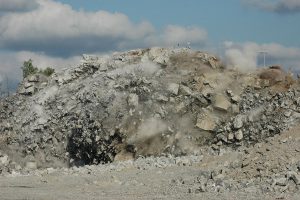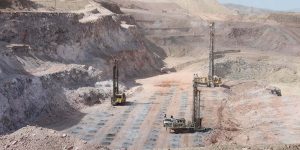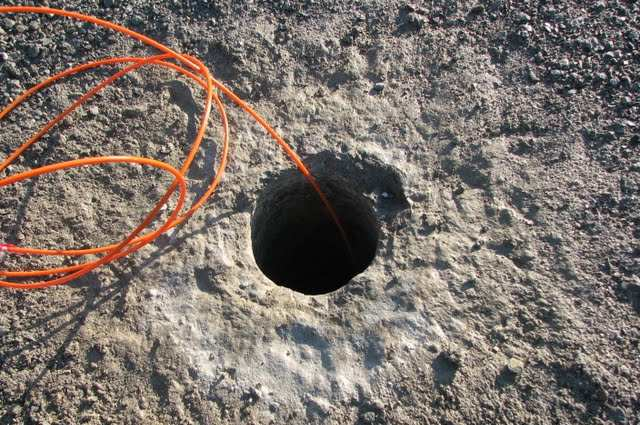What is the Meaning of Blast Hole?
When you think of the word “blast hole,” your mind might conjure images of explosions and destruction. While there’s some truth to that association, blast holes play a crucial role in various industries, particularly mining and construction. In this article, we will explore the meaning and significance of blast holes, shedding light on their purpose and the processes they are a part of.
Defining Blast Holes
Blast holes, in essence, are drilled holes in rock, earth, or other materials, specifically designed to contain explosives. These explosives are detonated to break apart the surrounding material for various purposes, such as mining, construction, quarrying, or demolition. Blast holes can vary in size, depth, and shape, depending on the intended use and geological conditions of the site.

The Role of Blast Holes in Mining
In the mining industry, blast holes are of paramount importance. These holes are strategically drilled into rock formations to facilitate the extraction of valuable minerals or ores. The process involves a series of carefully orchestrated steps:
- Drilling: Specialized drilling equipment is used to create blast holes of specific dimensions. These holes are strategically placed based on geological surveys and the location of the mineral deposits.
- Charging: Once the holes are drilled, they are loaded with explosives. The type and amount of explosives used are determined by the geology of the site and the desired results.
- Detonation: After the blast holes are charged, they are ignited in a controlled manner. The explosion fractures the rock, making it easier to extract the valuable minerals.
- Mucking: The fragmented material, known as muck, is removed from the blast site using heavy machinery. It is then transported to processing facilities for further extraction and refining.
This process is repeated throughout the mining operation, gradually removing ore from the earth and bringing it to the surface for processing.
Blast Holes in Construction and Demolition
While mining is one of the most prominent uses of blast holes, construction and demolition industries also rely on them. In construction, blast holes can be used to create trenches, foundations, and tunnels. In demolition, they are employed to safely and efficiently bring down buildings and structures.
The key difference in these applications is the type of explosives used and the precision required. In construction, the goal is controlled and precise excavation, while demolition involves bringing down structures with minimal collateral damage.
Environmental Considerations
It’s important to note that the use of blast holes has environmental implications. Mining operations, in particular, must adhere to strict regulations to mitigate the impact on the surrounding ecosystem. This includes managing dust, minimizing noise, and ensuring that any chemicals used in the blasting process do not contaminate the environment.
Modern mining and construction practices aim to balance resource extraction with environmental responsibility, leading to innovative technologies and techniques that reduce the environmental footprint of blasting.

Conclusion
Blast holes, while often associated with explosive destruction, serve essential roles in various industries. They are a fundamental part of mining, construction, and demolition, helping extract valuable resources and shape the built environment. Understanding the meaning and purpose of blast holes is crucial for those involved in these industries and for the general public who benefit from the products and infrastructure they create. Discover more about underground drilling here.

